The best gardening books for summer
Our gardens editor Tiffany Daneff picks out her favourite new books on gardening, featuring the likes of Sarah Raven, Arthur Parkinson and her predecessor at Country Life, Kathryn Bradley-Hole.
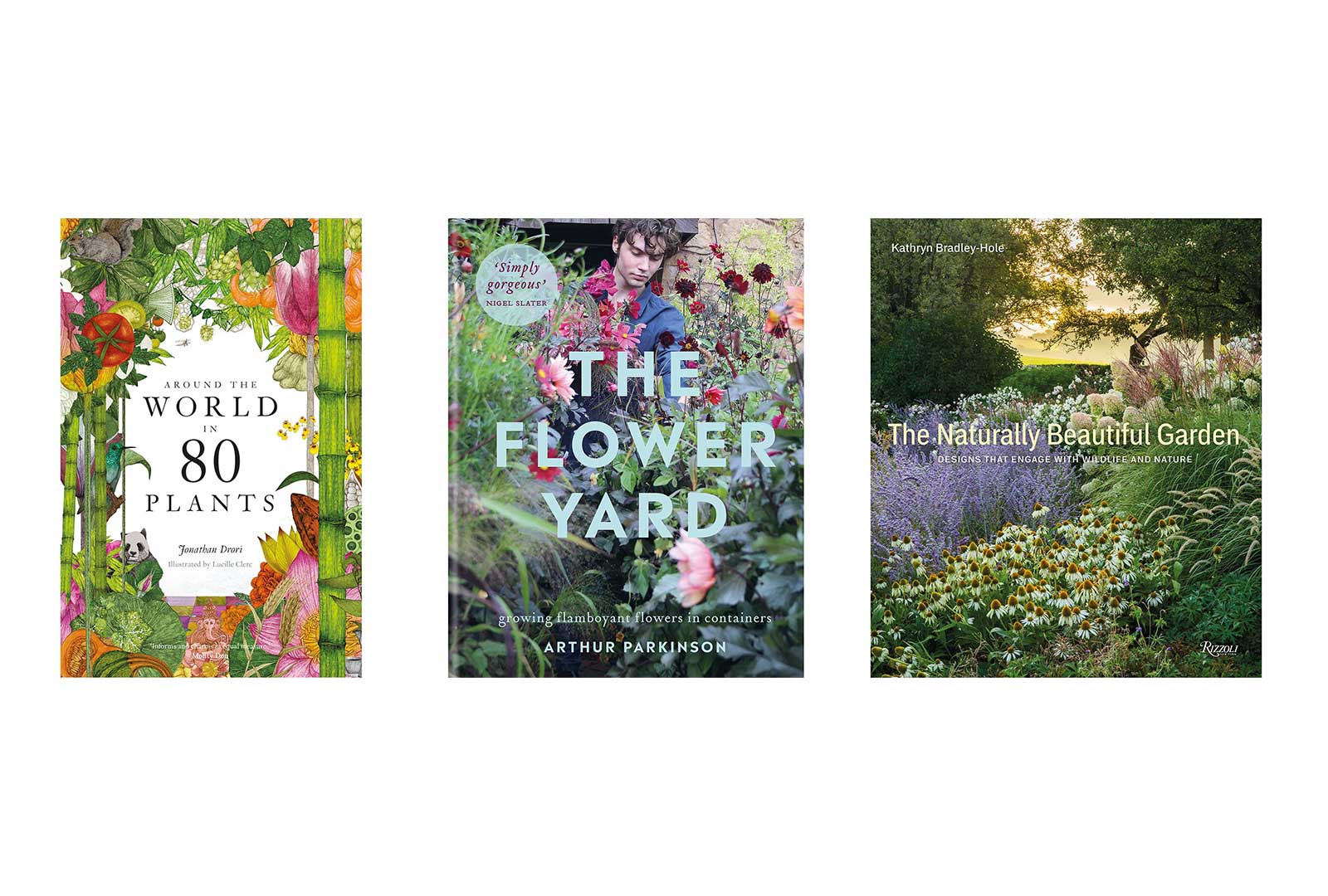

A Year full of Flowers by Sarah Raven
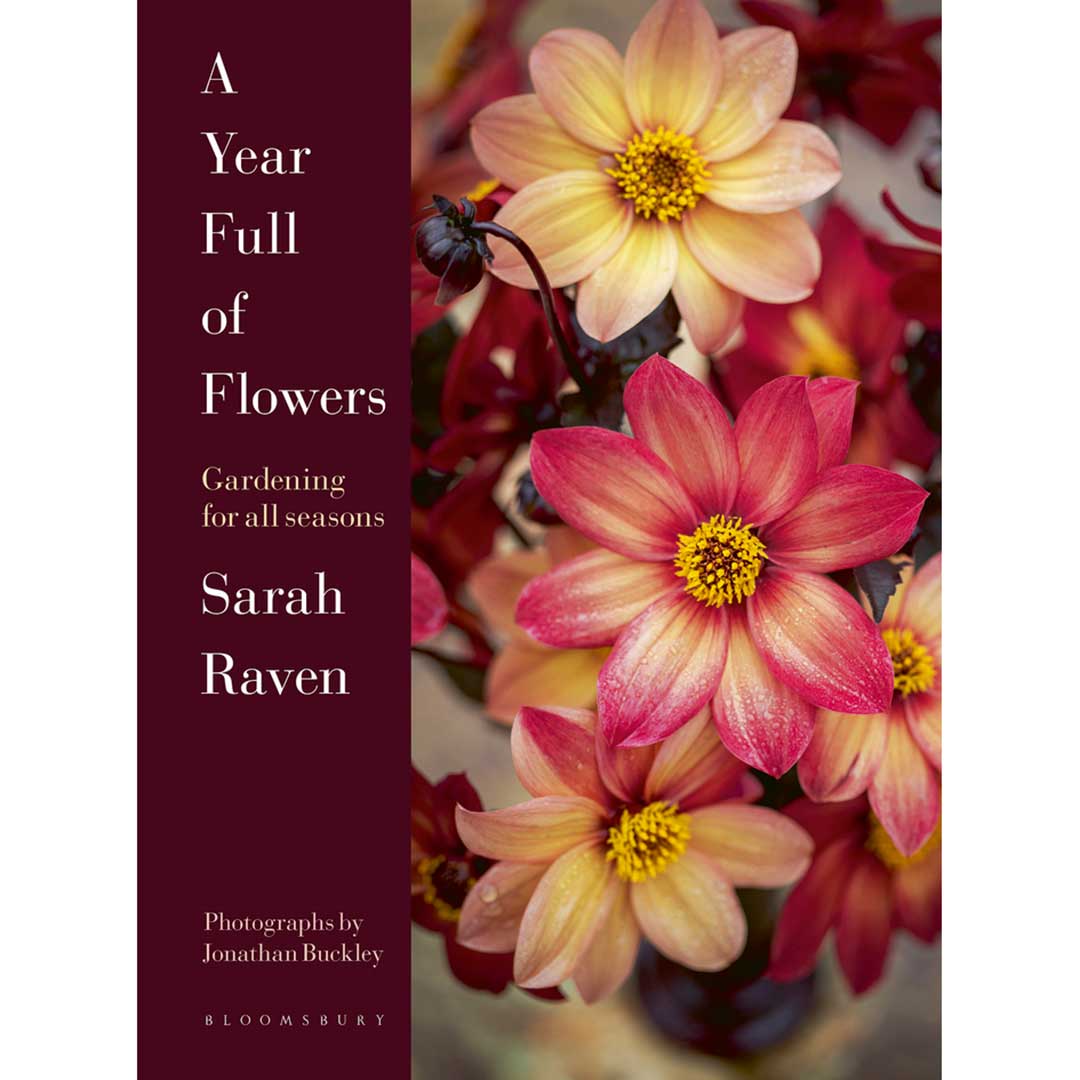
A brilliantly helpful guide to filling the garden with successive waves of colour. Jonathan Buckley’s photographs make one want to rush out and start planting. This is a great book for resetting jaded palettes and includes recommendations for standout varieties, as well as a detailed month-by-month calendar of what to do that’s packed with excellent advice. Ideal for: reinventing your borders
The Naturally Beautiful Garden by Kathryn Bradley-Hole
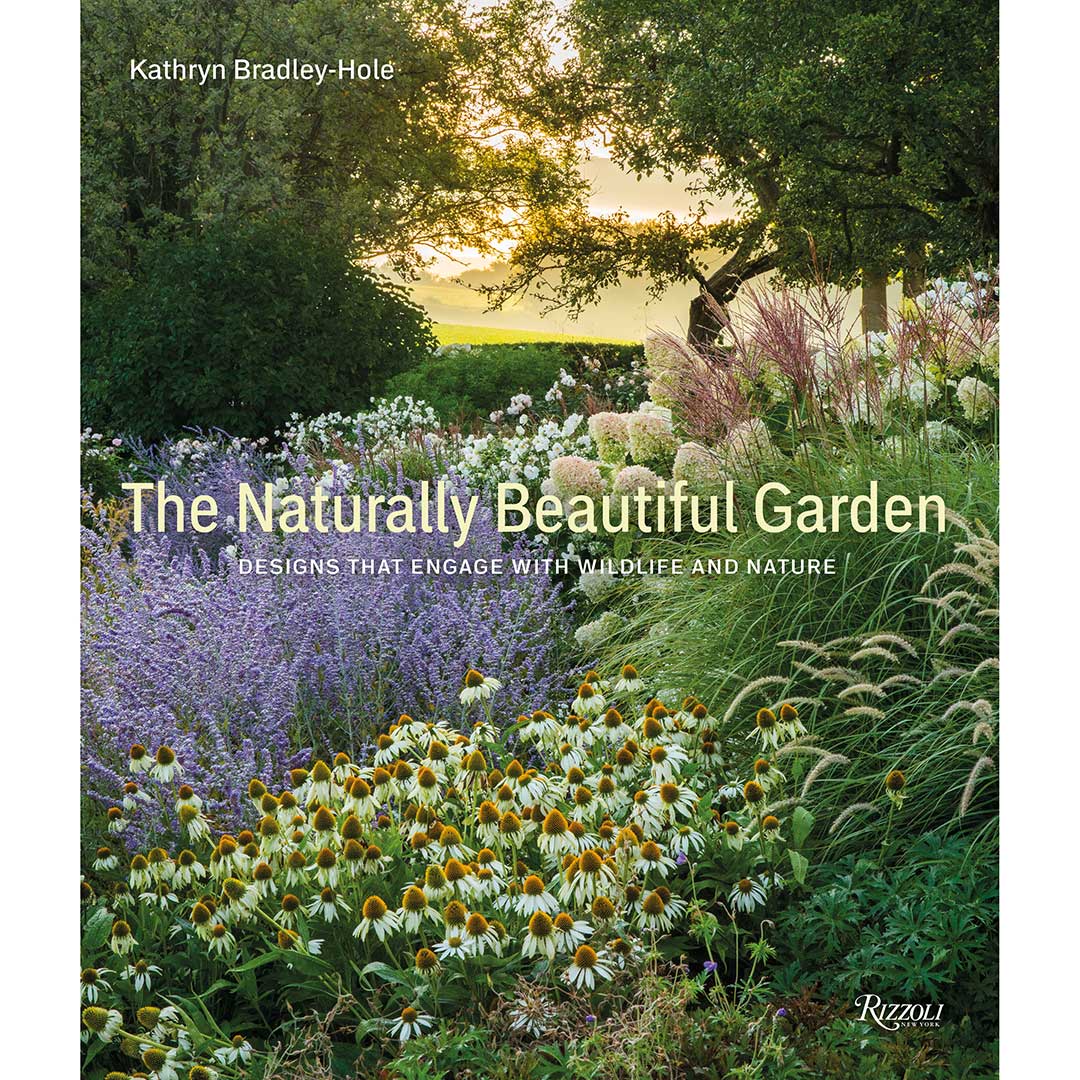
There is no reason why even the most sophisticated contemporary design cannot embrace, enhance and encourage Nature. Written by a former Gardens Editor of Country Life, this book gathers together images of 30 gardens from this country and around the world that show how this can be done in every type of location. Highlights include Thomas Doxiadis’s designs for a rugged coastal garden on Paxos in Greece, where the garden blends seamlessly into the landscape, and Jimi Blake’s garden of many parts at Hunting Brook in Co Wicklow. Ideal for: inspiring more natural designs
Cut & Dry: the modern guide to dried flowers from growing to styling by Carolyn Dunster
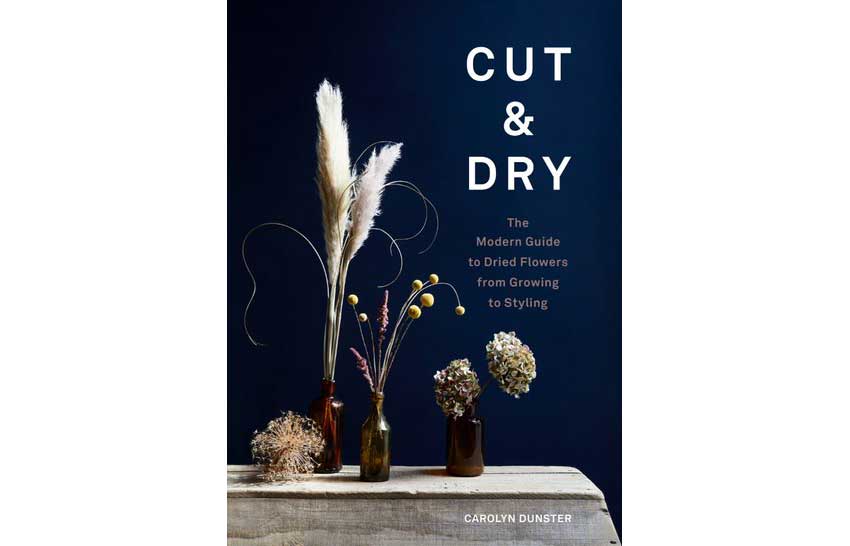
Dried flowers of almost anything from montbretia and grape hyacinths to pot marigolds take on a new, softer look in this, the latest floristry fashion. This is a practical book with advice on what to grow and how to dry it: blooms made up of florets are best put into a little water in a vase; copper beech leaves will keep their colour if preserved in a glycerine solution. Grasses work particularly well, with pampas taking a starring role in statement arrangements.
Ideal for: the bride to be
Around the World in 80 Plants by Jonathan Drori
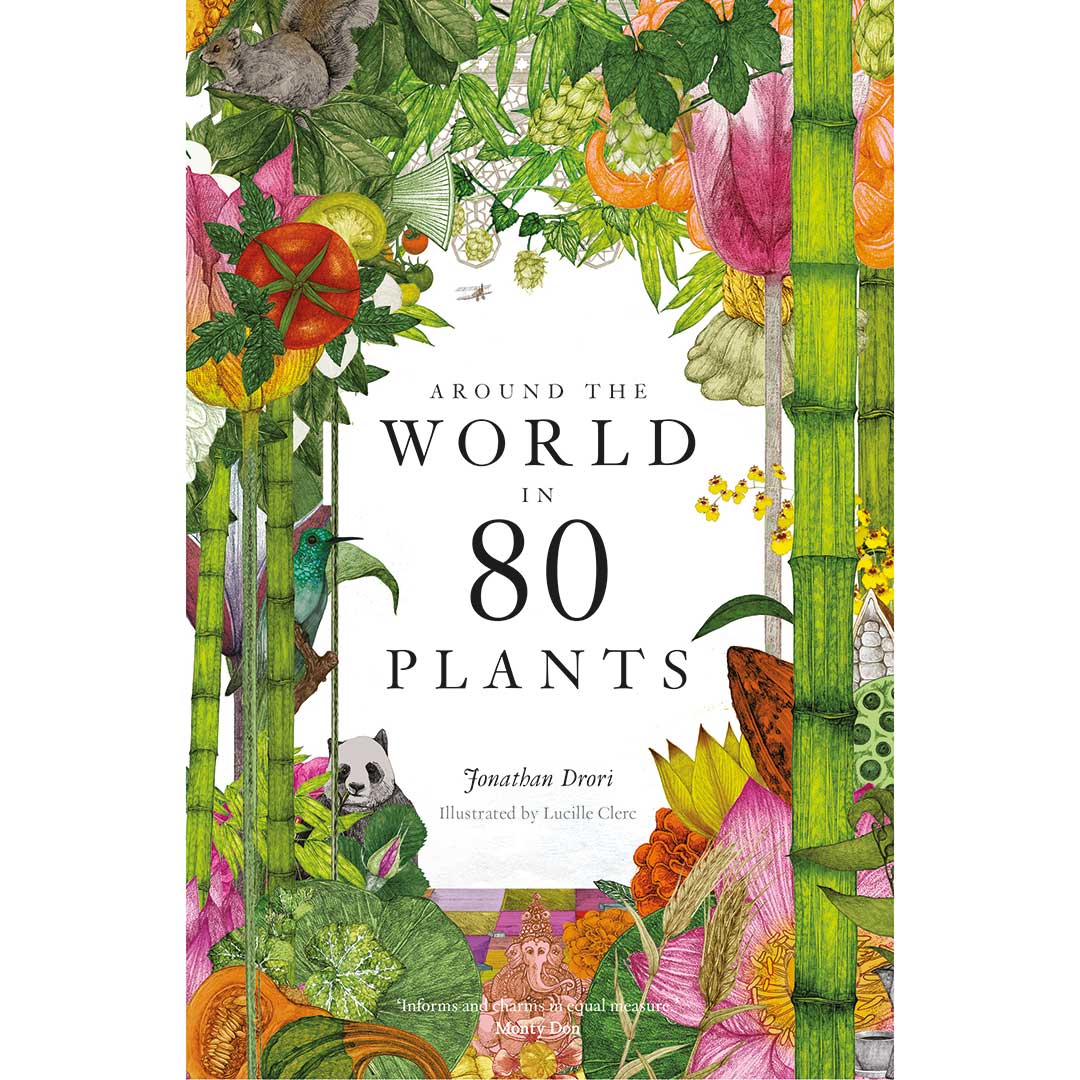
Who knew that the milky sap from dandelions is similar to that of rubber trees, so much so that, in the 1930s, 260 square miles of Eastern Europe were dedicated to growing Russian dandelions to successfully produce rubber until the end of the Second World War? Or did you know that Cook pine trees tilt towards the equator? These are only two fascinating facts from a book packed with similar gems. Ideal for: dipping into
The Flower Yard by Arthur Parkinson
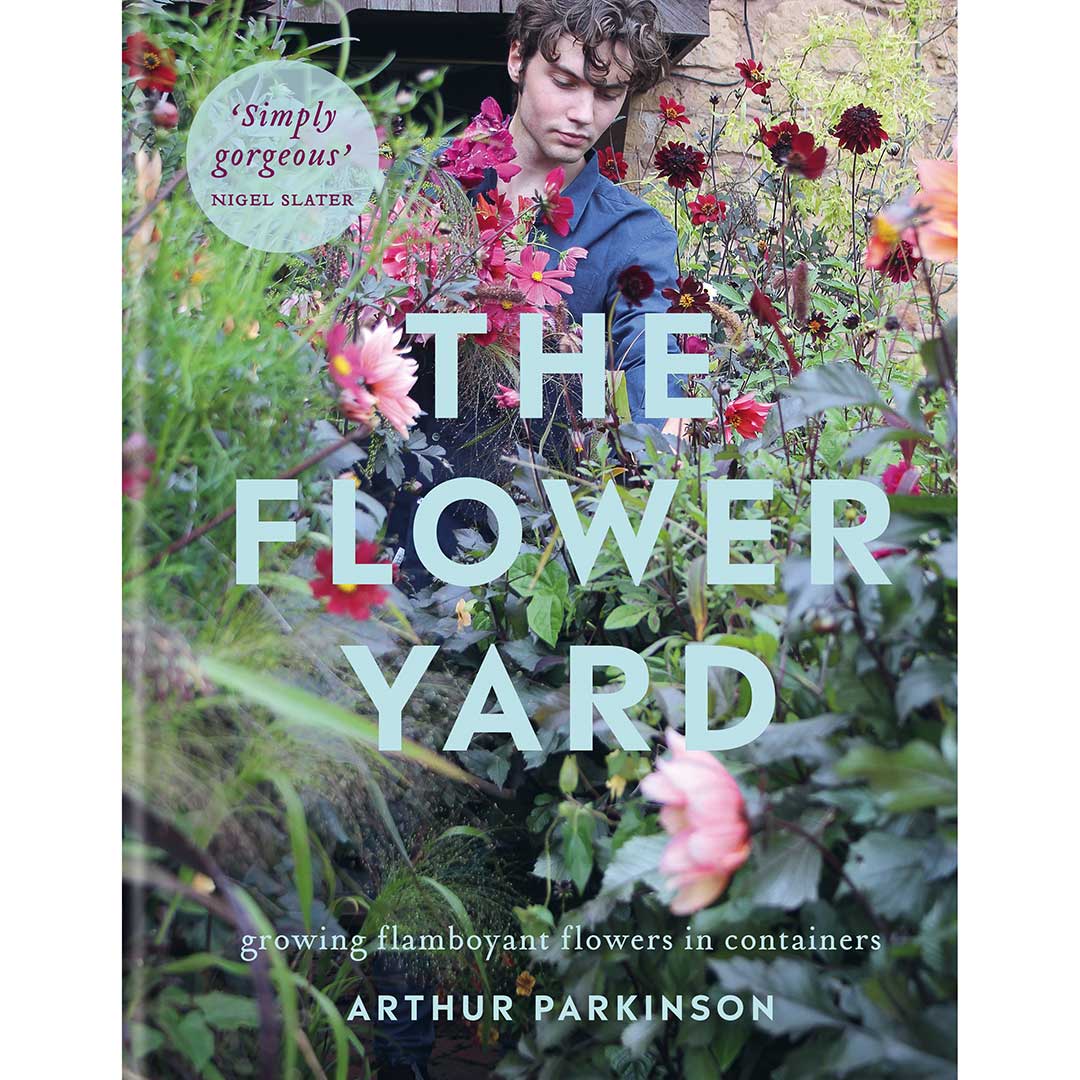
This is not, the author makes clear, a book about low-maintenance gardening. It is time-rich, maximal, obsessive and addictive. It’s about growing gorgeous blooms to fill eyes, mind and soul — especially if, like him, you have a narrow plot only 16ft long or merely a windowsill. The pots are the thing: a single dolly tub can sustain seven sweet-pea plants fed to bursting with a rich (albeit rank) brew of homemade comfrey tea. Ideal for: millennials with minimal outdoor space
The Ecological Gardener: how to create beauty and biodiversity from the soil up by Matt Rees-Warren
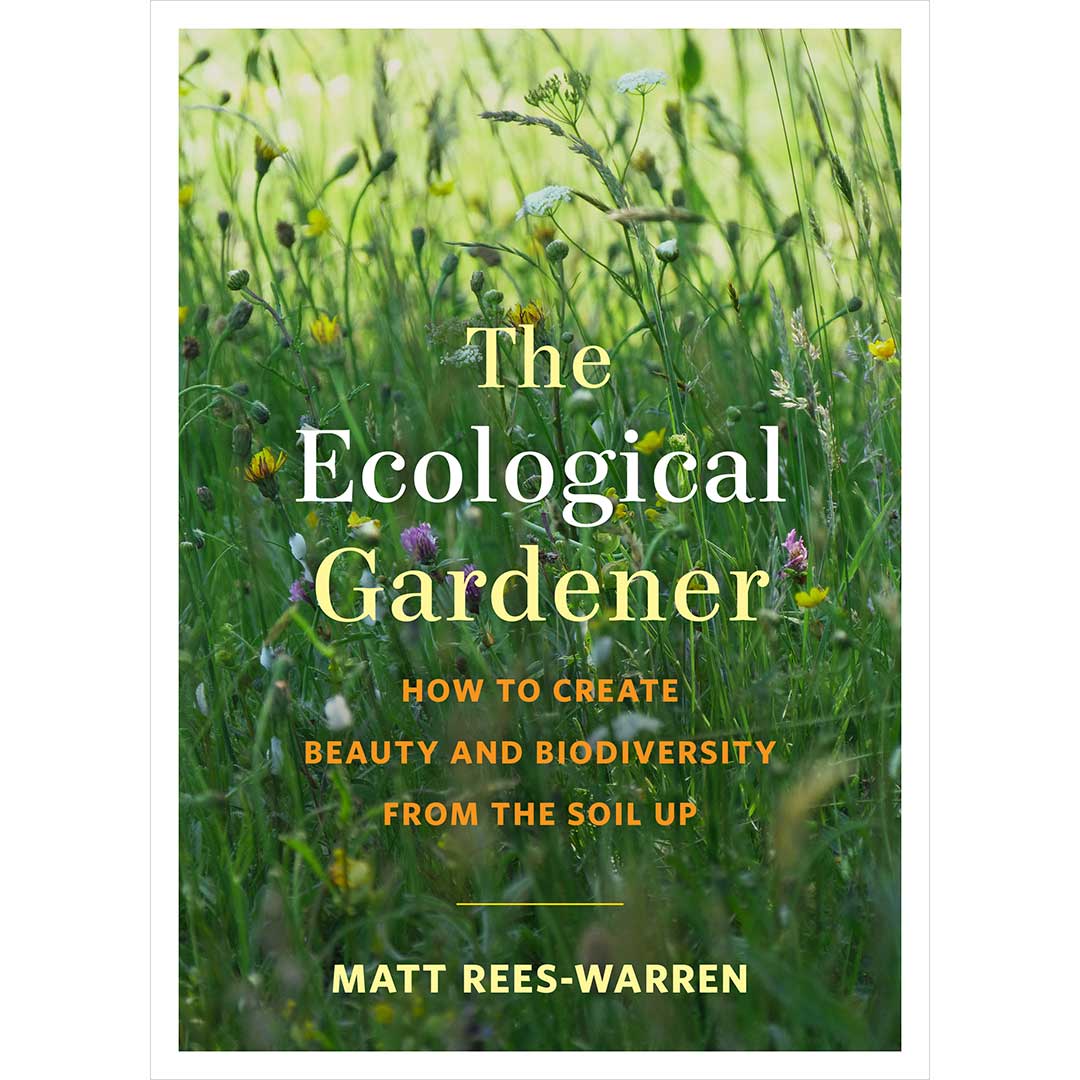
The former head gardener at Kilver Court in Somerset turns his hard-grafted knowledge into a thoughtful and practical guide. The chapter on water is particularly strong, but the fact that jumped off the page was that infant aphids can be born with the next generation already inside — which is good news for ladybirds. Ideal for: encouraging wildlife into the garden
Exquisite houses, the beauty of Nature, and how to get the most from your life, straight to your inbox.
Gardening for Bumblebees: a practical guide to creating a Paradise for Pollinators by Dave Goulson
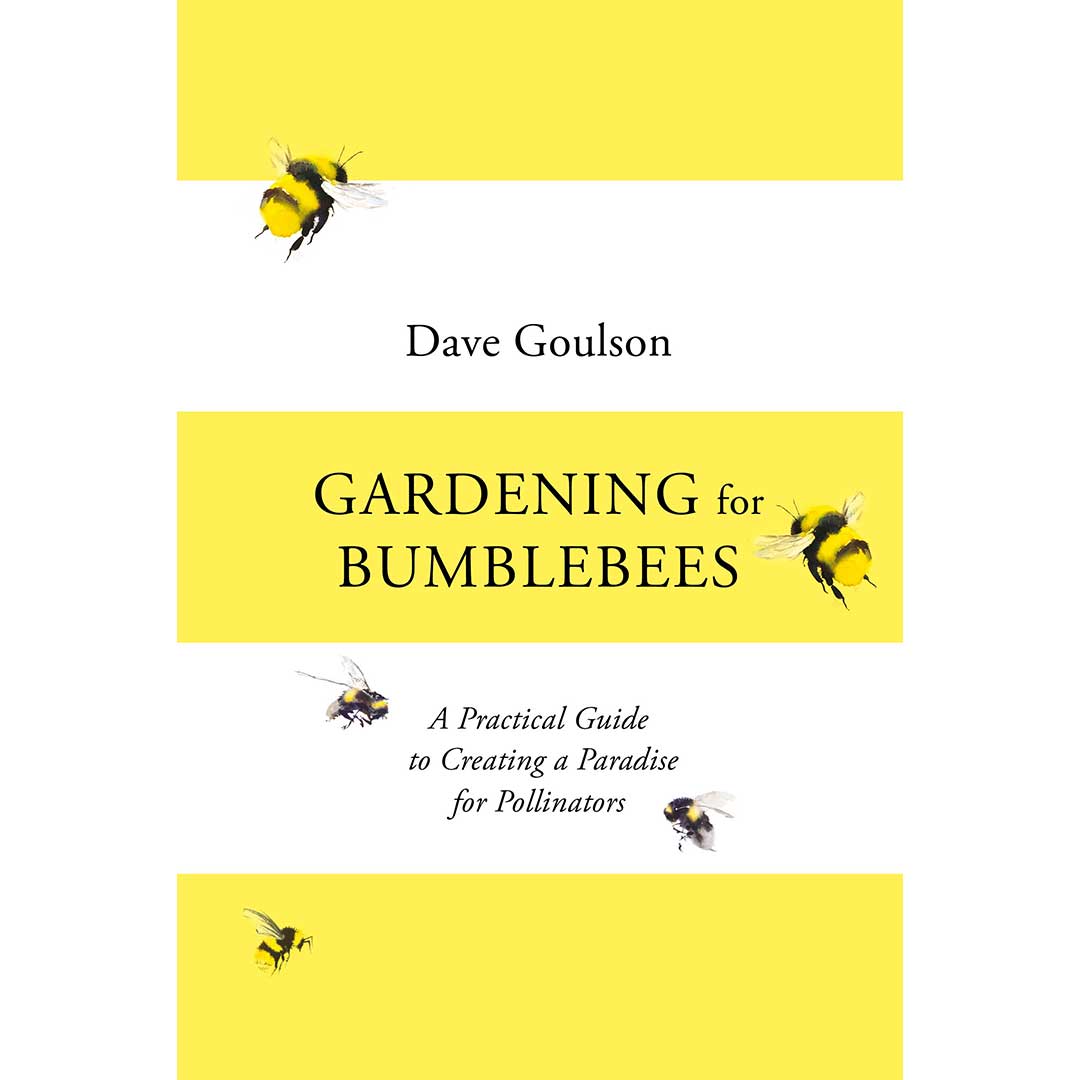
There are 26 types of bumblebee in Great Britain and most gardens attract six or seven of those. For 30 years, Dave Goulson, professor of Biology at the University of Sussex, has studied their declining populations and, in this book, he explains how we can all help by growing the flowers that they and other pollinators need. Ideal for: filling the garden with a happy hum
Great Dixter Then and Now by Fergus Garrett, with photographs by Christopher Lloyd and Carol Casselden
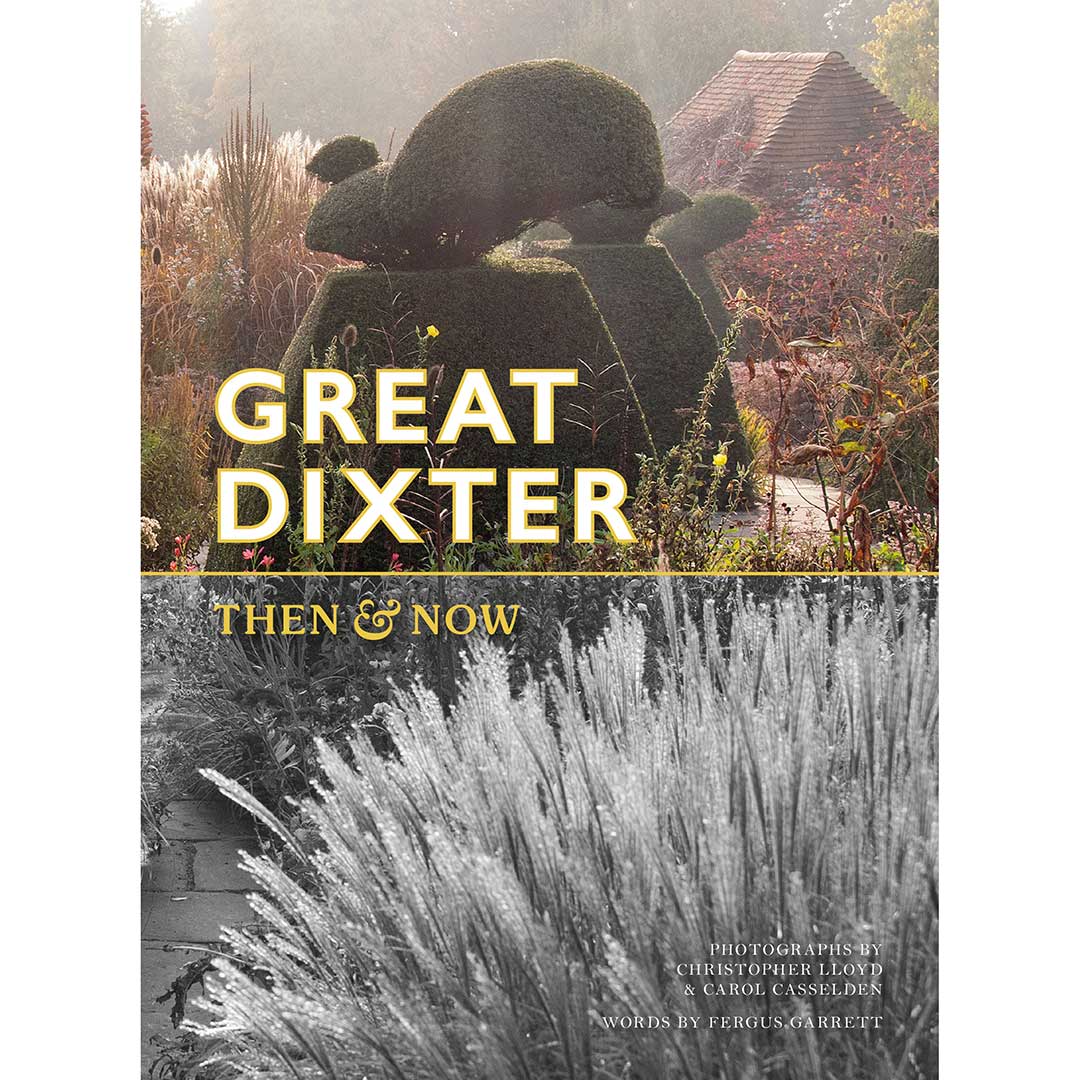
Fergus Garrett, former head gardener at Great Dixter and Christopher Lloyd’s successor, must have had no end of a job choosing what to include from the 4,000 transparencies taken of the garden by Christo, many of which had never been published. The pictures are organised by areas so that one can, for example, compare Christo’s 1978 experimental planting in the Solar Garden of a band of yellow nasturtiums in front of a row of white Japanese anemones with Mr Garrett’s 2016 equally colourful, but looser experiment of dahlias and rudbeckia. Sometimes the past is tidier, sometimes not. There is a healthy ebb and flow, much change and much to glean from these fascinating glimpses behind the scenes. Ideal for: keen plantsmen and women
Previously the Editor of GardenLife, Tiffany has also written and ghostwritten several books. She launched The Telegraph gardening section and was editor of IntoGardens magazine. She has chaired talks and in conversations with leading garden designers. She gardens in a wind-swept frost pocket in Northamptonshire and is learning not to mind — too much — about sharing her plot with the resident rabbits and moles.
-
 The eclectic New York townhouse that Lily Allen sings about in her new, headline-making album is for sale
The eclectic New York townhouse that Lily Allen sings about in her new, headline-making album is for sale381, Union Street is on the market just days after the singer’s latest album details the alleged infidelity in her marriage.
-
 When did the Titanic sink and other questions. It's the Country Life Quiz of the Day, October 29, 2025
When did the Titanic sink and other questions. It's the Country Life Quiz of the Day, October 29, 2025Test your general knowledge in Wednesday's quiz.
-
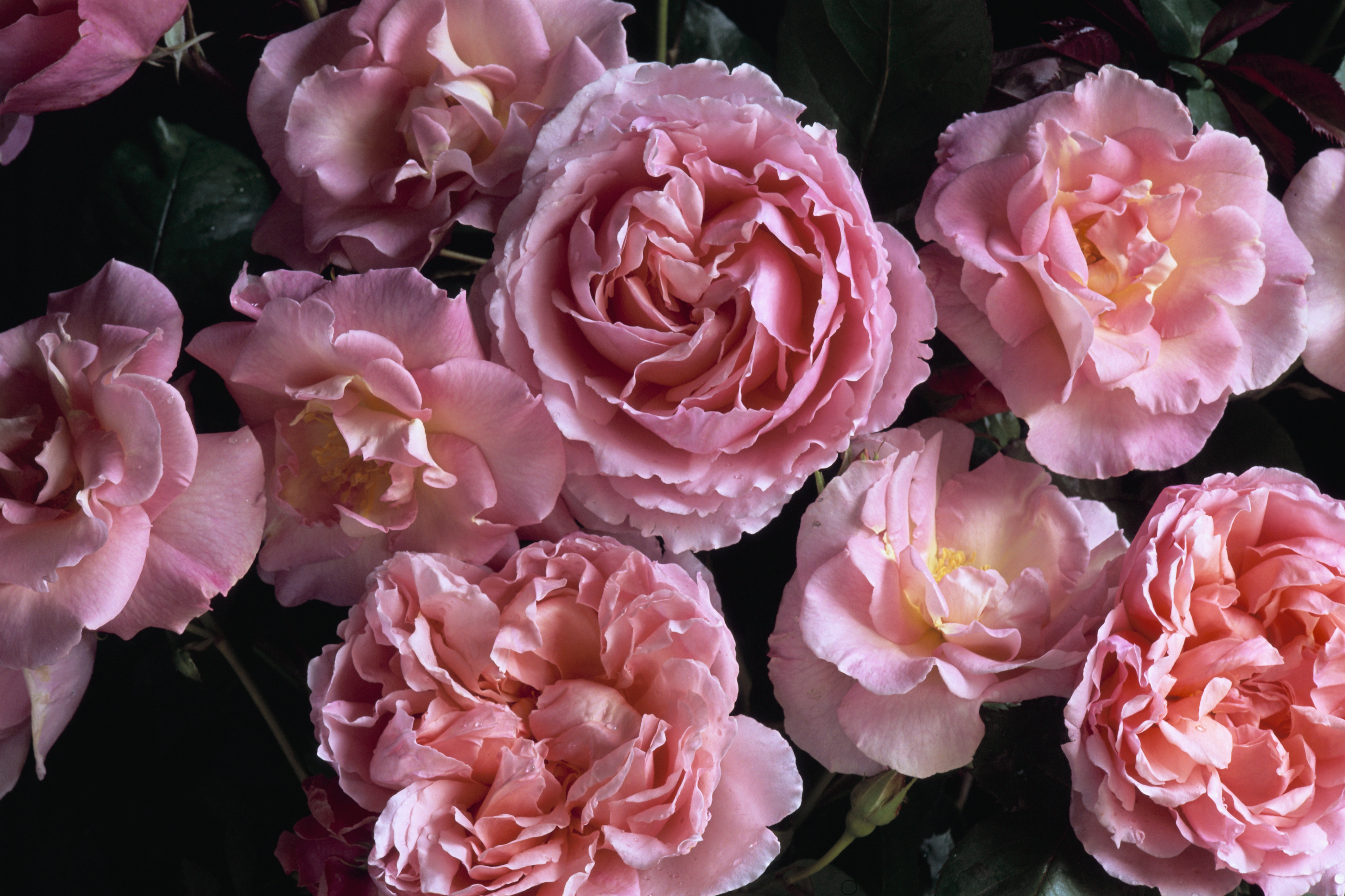 A new rose named after The Princess of Wales highlights our near-universal obsession with the flower
A new rose named after The Princess of Wales highlights our near-universal obsession with the flowerNo flower is more entwined with myth, religion, politics and the human form than the humble rose.
-
 Dawn Chorus: How to travel around the world in 19 flowers and the Mini Moke that took St Moritz by storm
Dawn Chorus: How to travel around the world in 19 flowers and the Mini Moke that took St Moritz by stormWhat do Charles Dickens, Henry VIII and Ellen Willmott all have in common? They all appear in a new book chronicling 19 flowers and the people responsible for bringing them to the UK. Find out how to get your hands on it, plus, we reveal why a rare Beach Boys-inspired Mini Moke turned up in a Swiss ski resort and a few of India Knight’s favourite things.
-
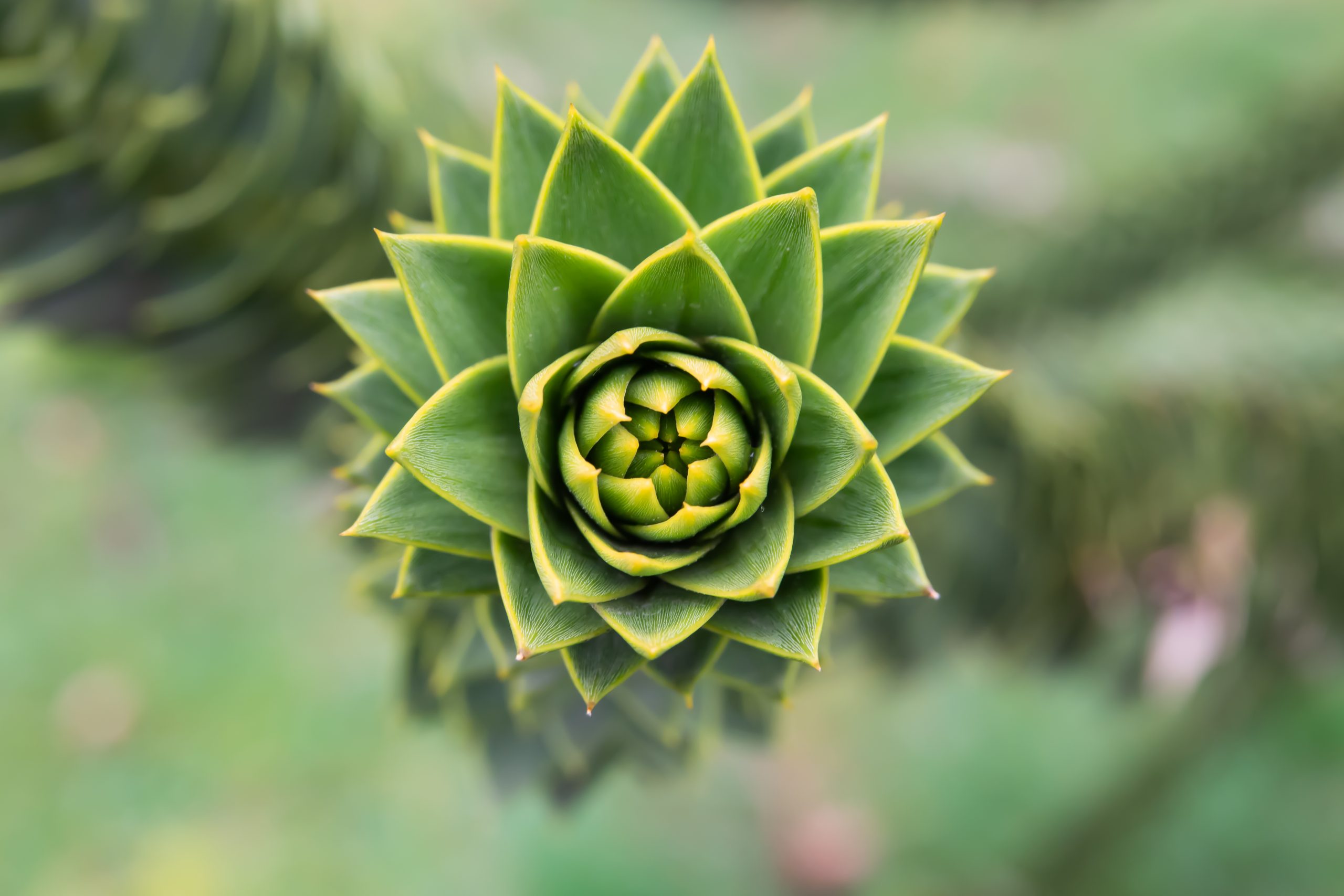 Curious Questions: How the Monkey Puzzle tree get its name?
Curious Questions: How the Monkey Puzzle tree get its name?One of the most curious trees you'll see in Britain is also one of the most curiously-named: the Monkey Puzzle tree. But how did it get its name?
-
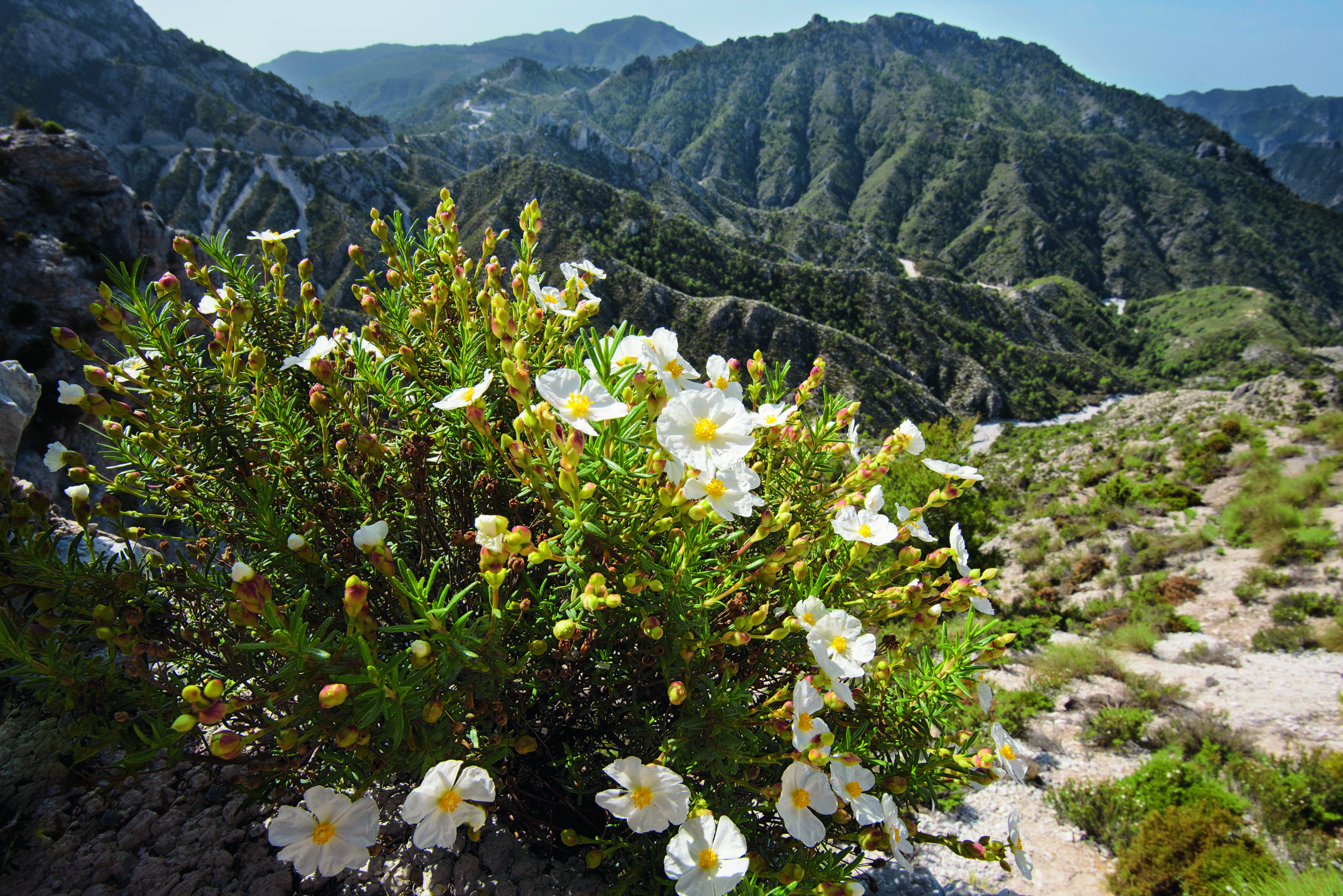 Bringing Mediterranean planting to Britain with the most wonderful gardening book of the year
Bringing Mediterranean planting to Britain with the most wonderful gardening book of the yearMark Griffiths explains why we value Mediterranean planting styles so highly, why he urges all to purchase Mr Filippi's 'Bringing the Mediterranean into your Garden: how to capture the natural beauty of the garrigue' and why he would never adopt the methods described within himself.
-
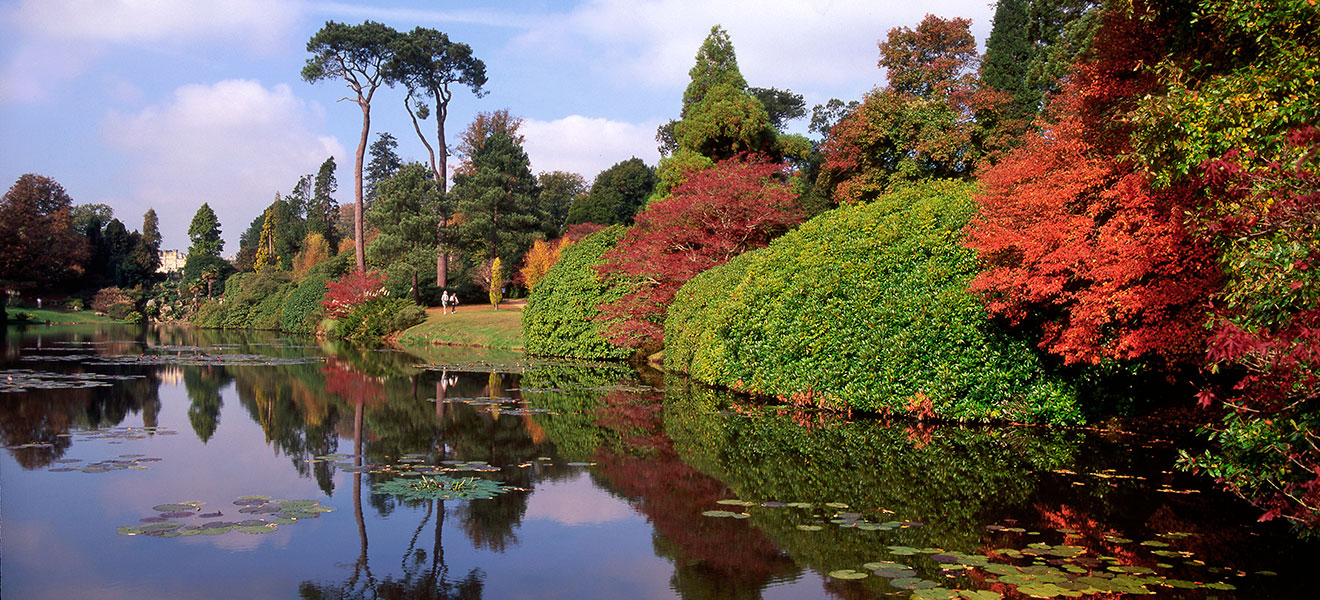 The last word on Capability Brown – but one which comes with a health warning
The last word on Capability Brown – but one which comes with a health warningThis book on Lancelot 'Capability' Brown by the greatest living expert on his work is like nothing else – but it comes with one or two caveats, as George Plumptre explains.
